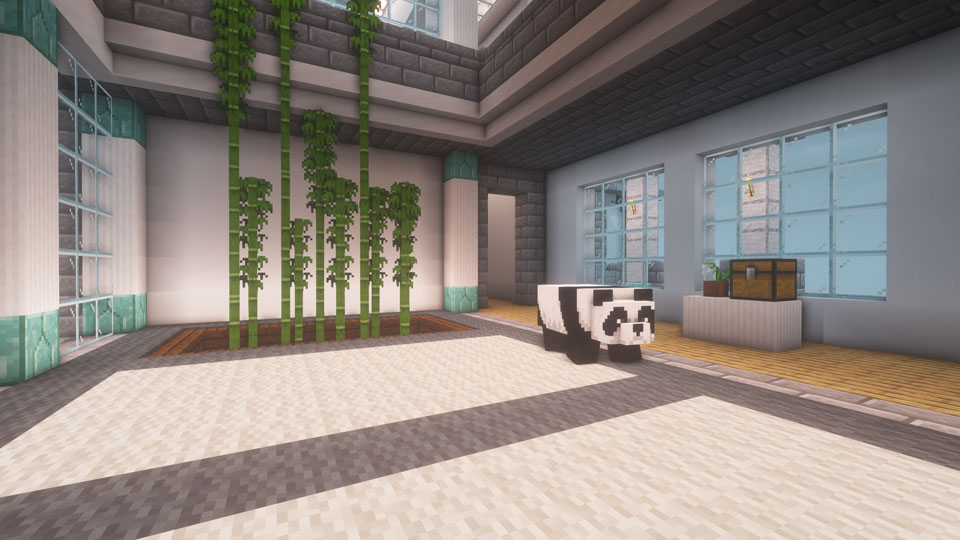
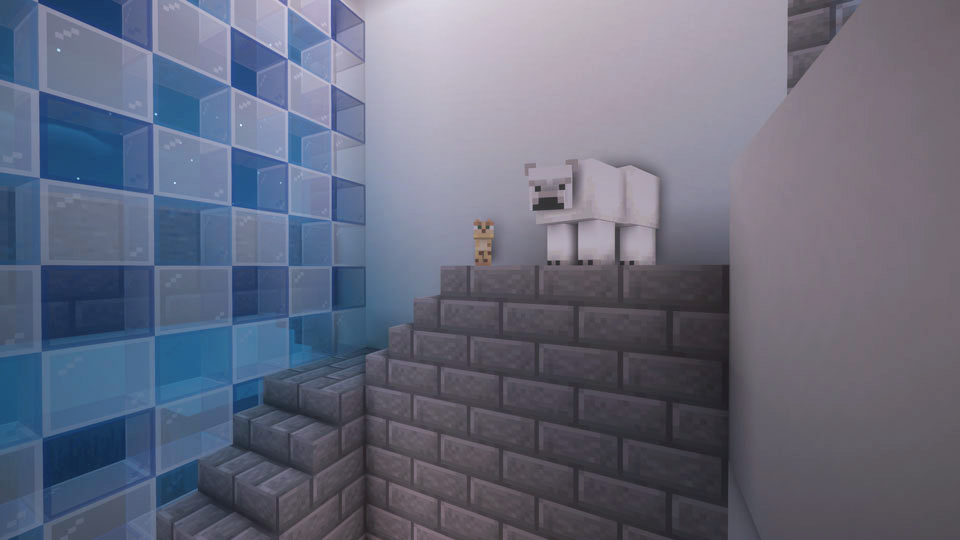
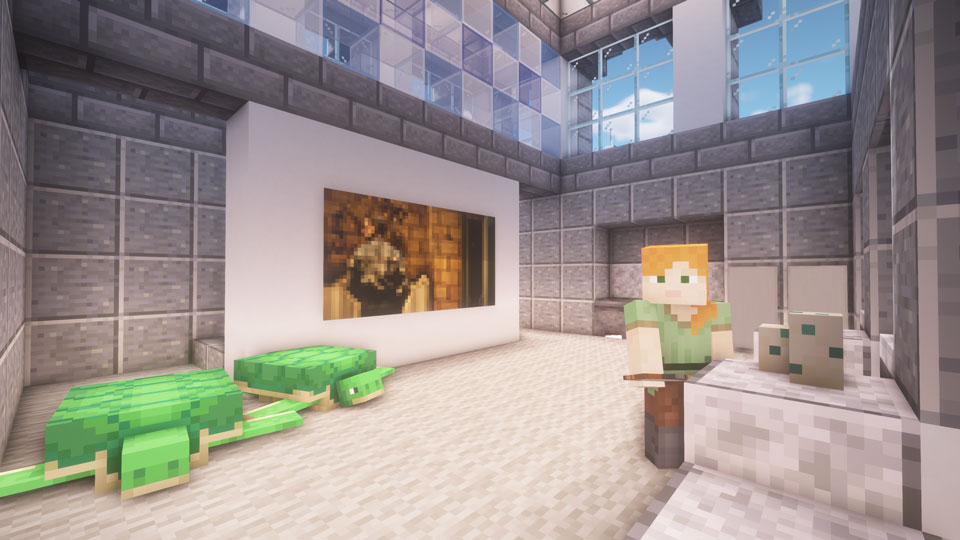
Melanie Bonajo's work perceives the gallery space as a network of interdependence and care. By introducing nearly extinct animals as residents of the exhibition halls, she creates the possibility for interspecies rendezvous: In a desperate attempt to avoid their near extinction and surpass their destiny, they all try to have sex with each other, procreating the ultimate hybrid. The humanoid visitor is forced to share their physical space with these mythical beasts, knowing all too well that their existence might soon only amount to a fleeting dream. Animals may look at the art exhibited and are to be respected for doing so.
×
![]()
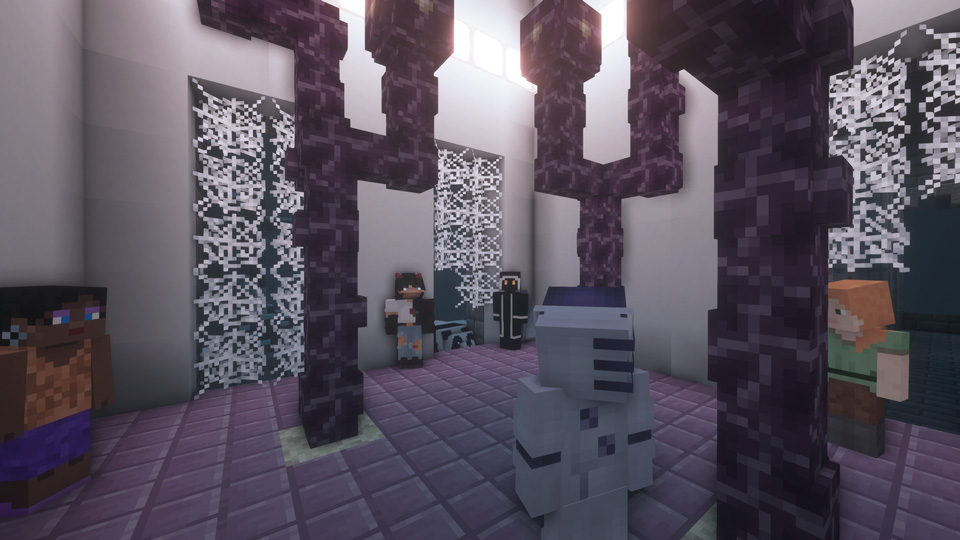
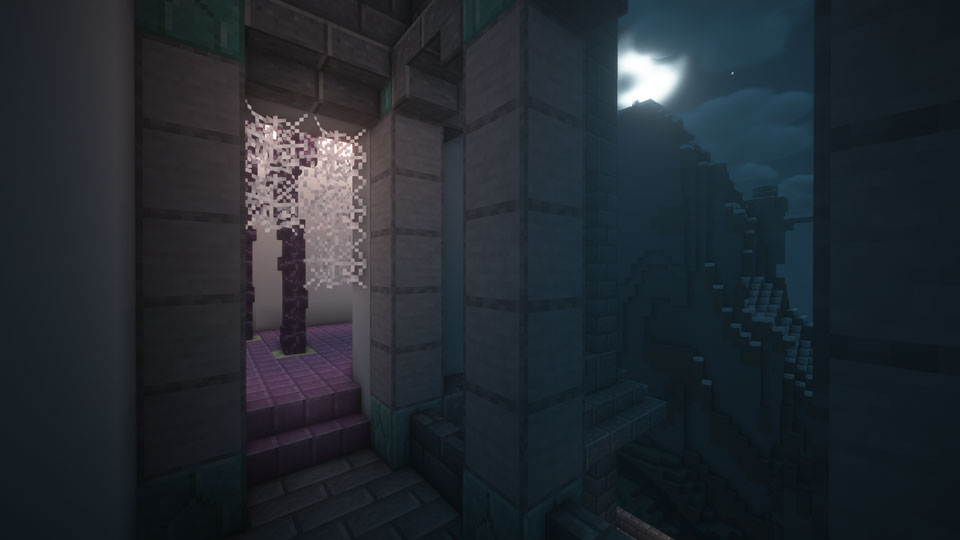
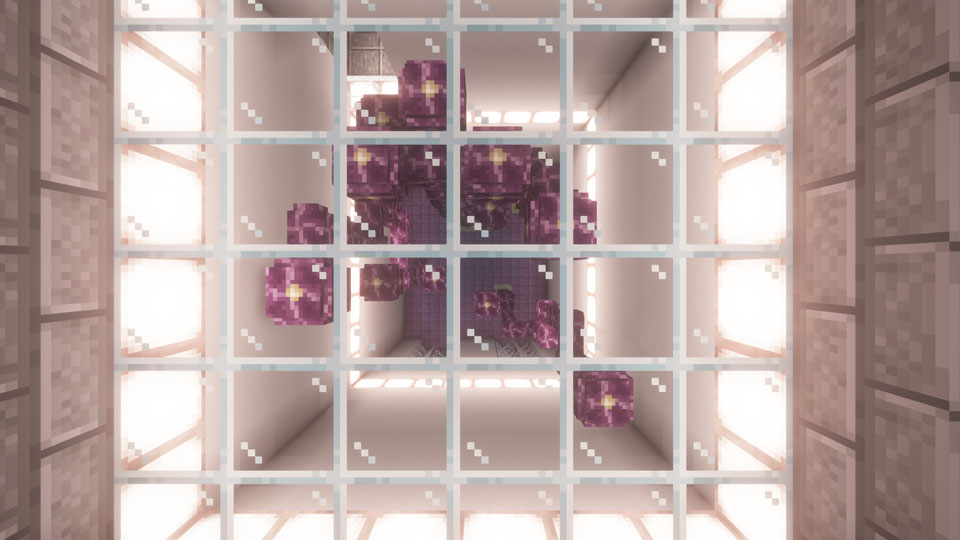
Theresa Büchner's installation takes the displacement of a peculiar tree as point of departure: the Chorus Tree, naturally generated in a faraway dimension, is introduced to the White Cube within a specific set of parameters that allow it to thrive. The work poses questions about institutional displacement of cultural goods – so often forcefully extracted – and their repatriation. The viewer is confronted with the facilitation of an outlandish species as it spreads within the boundaries of its potential – not in its native territory, but inside the strict confinement of the exhibition space.
×
![]()
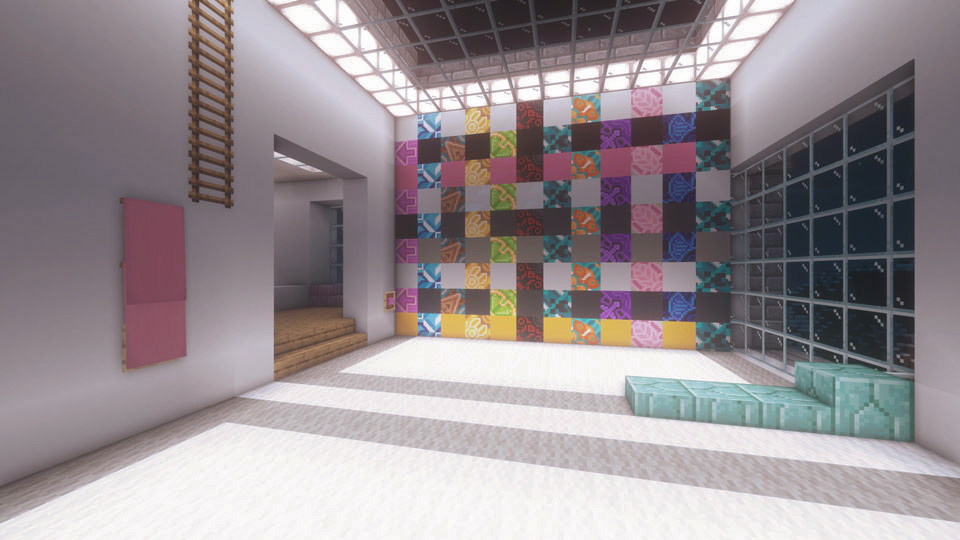
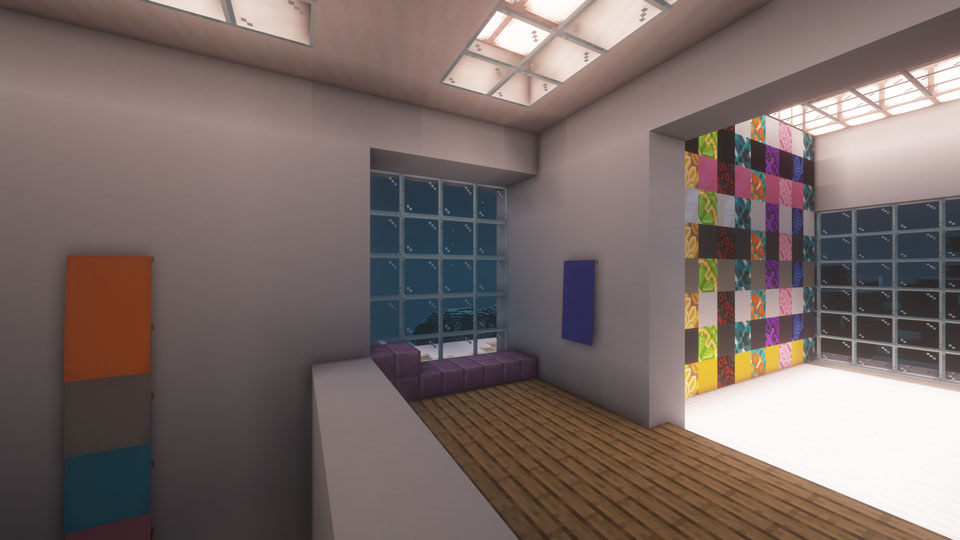
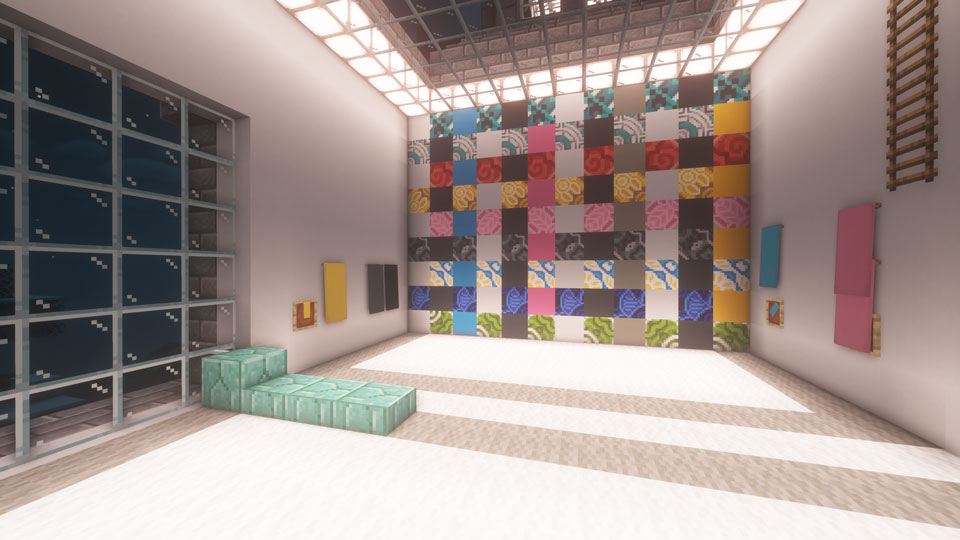
Stefan Cantante's work evokes the notion of consumerist vertigo in an ever-changing interplay of expectations and reality. Like an It-bag, his mosaic wall carries itself into a pattern of oblivion, yet still persuades you to buy it.
×
![]()
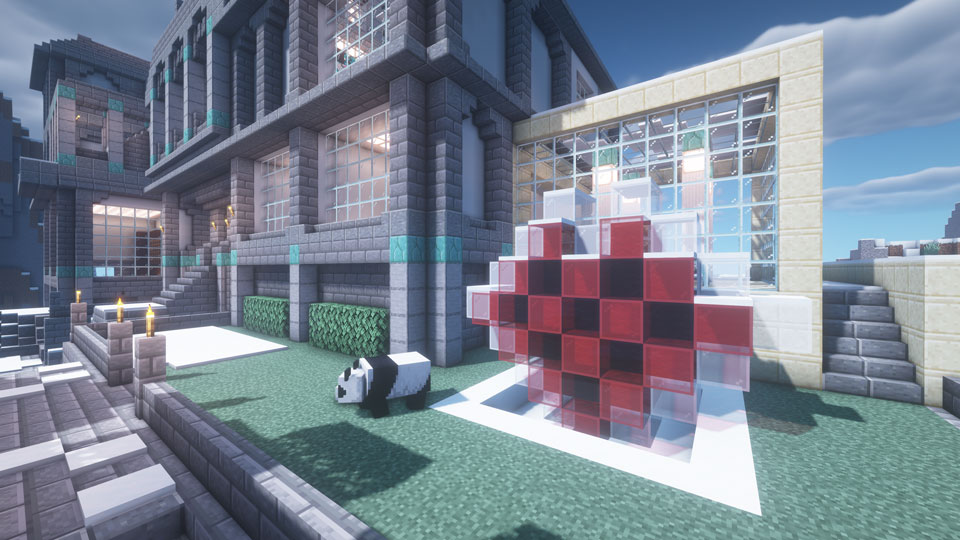
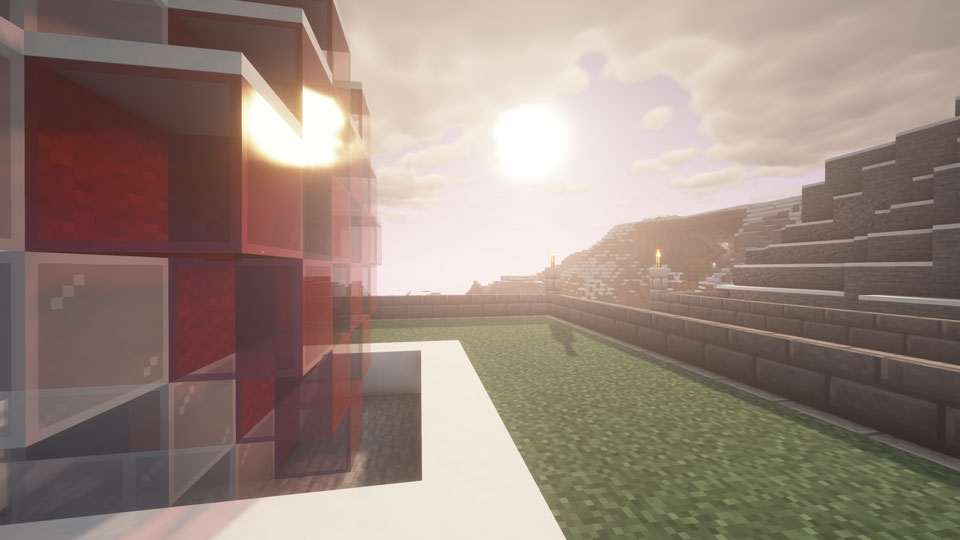
The practice of artist Lola Mae (2007) discusses the complicity of art and extraction. Her work, a giant heart made of stained glass, points towards a production cycle necessary for its own inception. The bottom of the structure reveals bare soil and ore veins, the latter specifically being the very same material required to craft the glass object. This massive yet seemingly fragile apparatus not only references the mining of raw materials, but also the extraction of cultural resources. The work is thus revealed to be a comment on contemporary art itself.
×
![]()
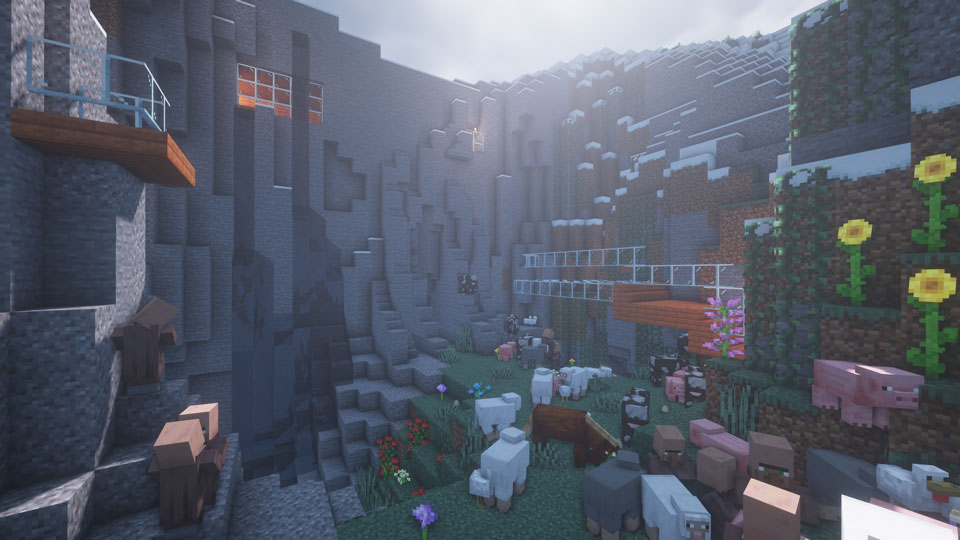
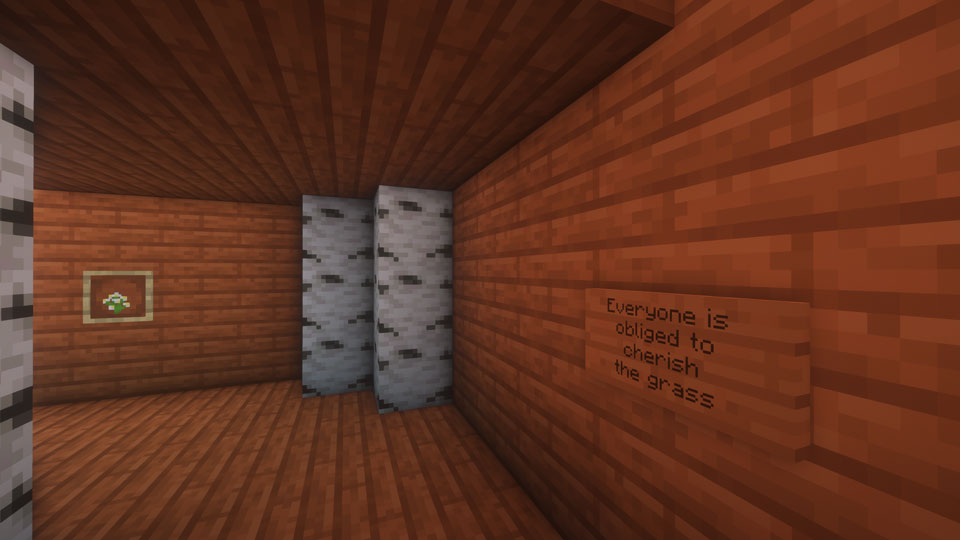
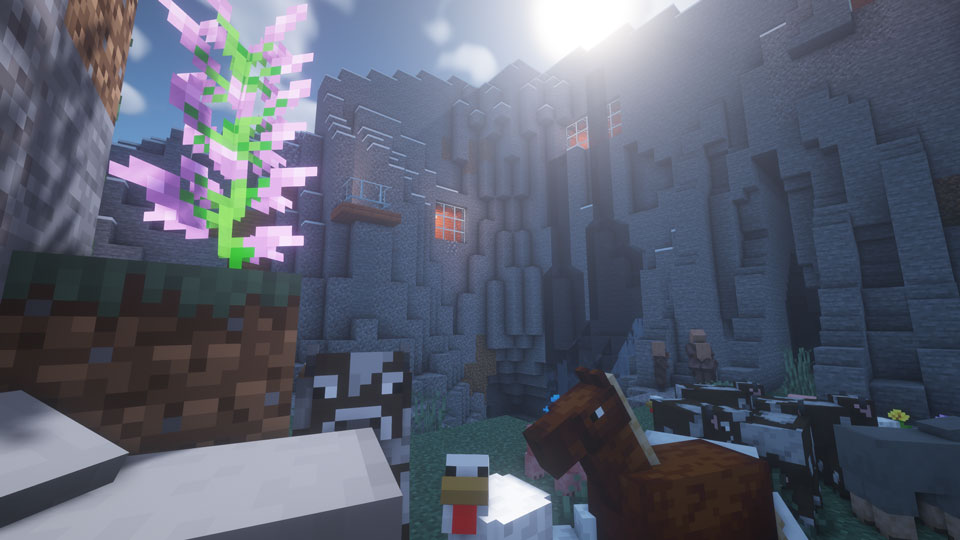
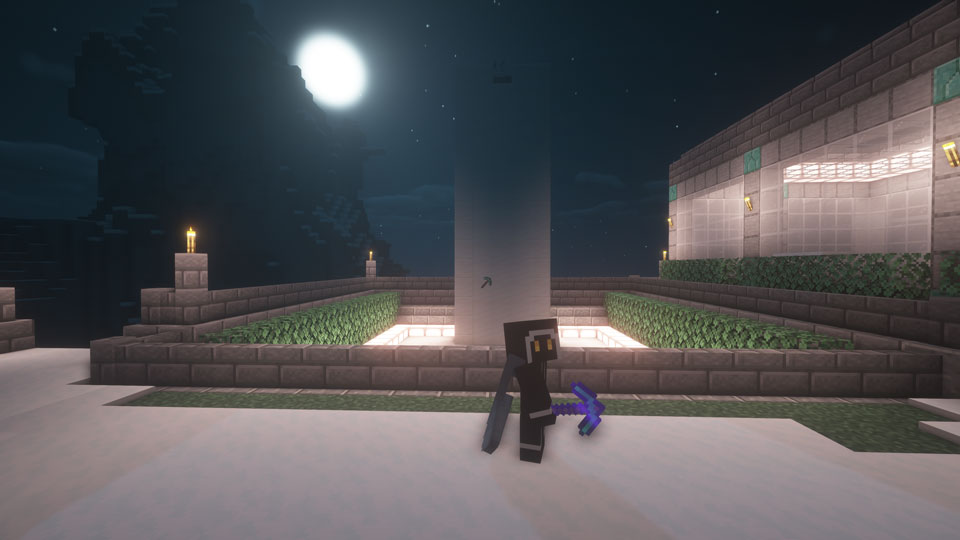
Mila Slominsky's monumental work traverses the interplay of culture and nature and concepts of masculinity and femininity. Her practice is deeply concerned with the socio-political impact of the enigma of creation and the inherent violence that is attached to the idea of redemption. Reflecting the irony of a monument to nature’s cornucopia built inside a voxel simulation, her land-artwork denies the visitor from partaking in creation’s splendour. Being led through a system of wooden tunnels, the visitor is confronted with ominous instructions and faux birch trees. Upon leaving the tunnel, one may gaze upon a sprawling paradise which is, however, completely inaccessible. Although salvation is at hand, it shall not be granted unto you.
Her second work consists of a phallic monument erected within the institution’s yard green. It is a stoic metaphor for Minecraft’s deeply concerning political framework. Slominsky claims: „Of the innards of mother earth, mined by children, we build a machine that can simulate all possible things, only to let it simulate a world to mine (!), a nature that awaits being turned into a system, a machine, a civilized space. It shall be a large phallus made of white concrete blocks, that, like a fountain spouts water, spouts pickaxes, which are Minecraft’s signifier of privilege. He who swings the pickaxe shall reshape the earth.“
Mila Slominsky is an Artist and a Mystic Teacher. She was born in 1899 in Yekaterinburg, Russia. She died in 1937 while returning from a visit to Germany in the Hindenburg catastrophe of Lakehurst NJ, fulfilling a prediction she had made in 1928. 2017 she was accidentally summoned by two art students during sexual intercourse. Since then she partakes actively in the art scene and has already become a renowned phenomenon.
Her second work consists of a phallic monument erected within the institution’s yard green. It is a stoic metaphor for Minecraft’s deeply concerning political framework. Slominsky claims: „Of the innards of mother earth, mined by children, we build a machine that can simulate all possible things, only to let it simulate a world to mine (!), a nature that awaits being turned into a system, a machine, a civilized space. It shall be a large phallus made of white concrete blocks, that, like a fountain spouts water, spouts pickaxes, which are Minecraft’s signifier of privilege. He who swings the pickaxe shall reshape the earth.“
Mila Slominsky is an Artist and a Mystic Teacher. She was born in 1899 in Yekaterinburg, Russia. She died in 1937 while returning from a visit to Germany in the Hindenburg catastrophe of Lakehurst NJ, fulfilling a prediction she had made in 1928. 2017 she was accidentally summoned by two art students during sexual intercourse. Since then she partakes actively in the art scene and has already become a renowned phenomenon.
×
![]()
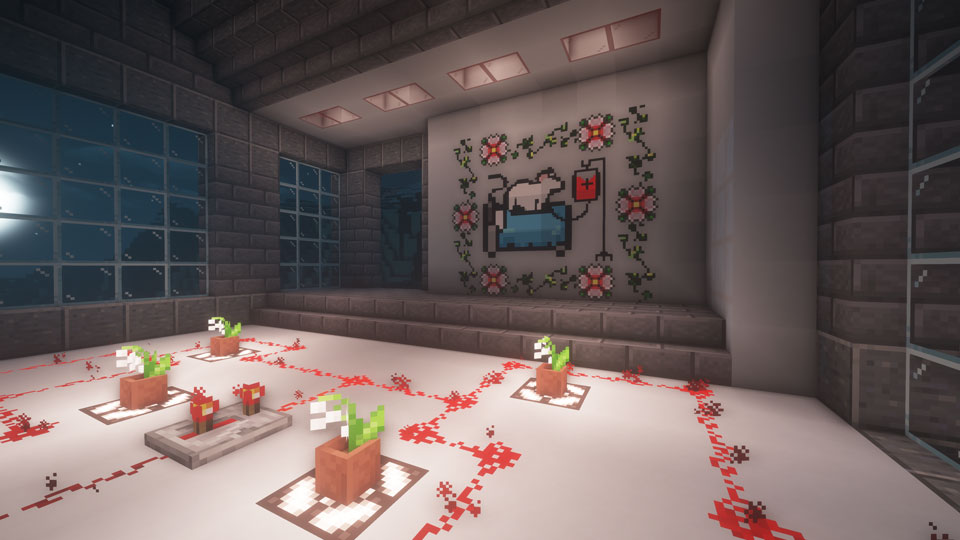
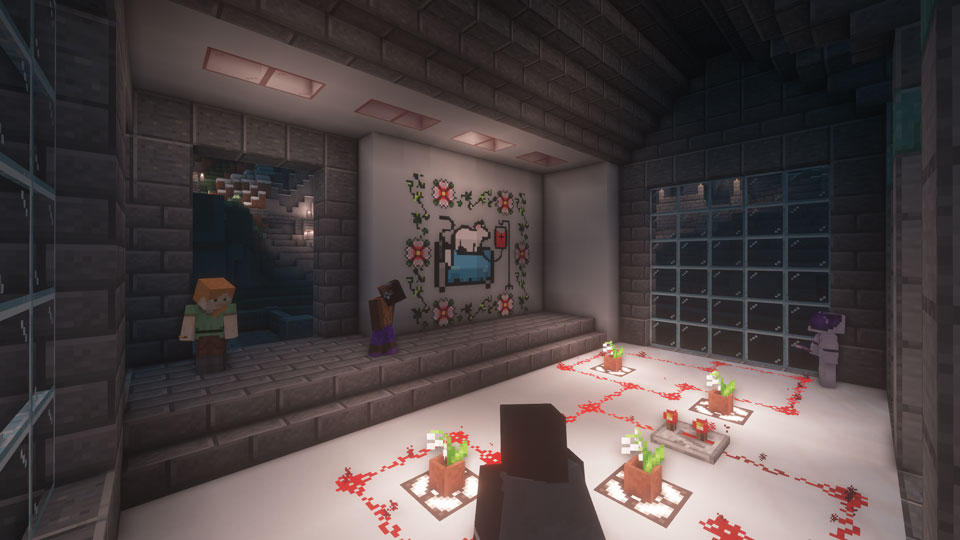

In his work Philip Ullman calls forth the beam of light that Christianity imposes on all things deemed fertile. Alas, it is not a steady stream of divinity but a flickering exchange of light and dark, an oscillating force referencing the complicity of both faith and mortality.
×
![]()
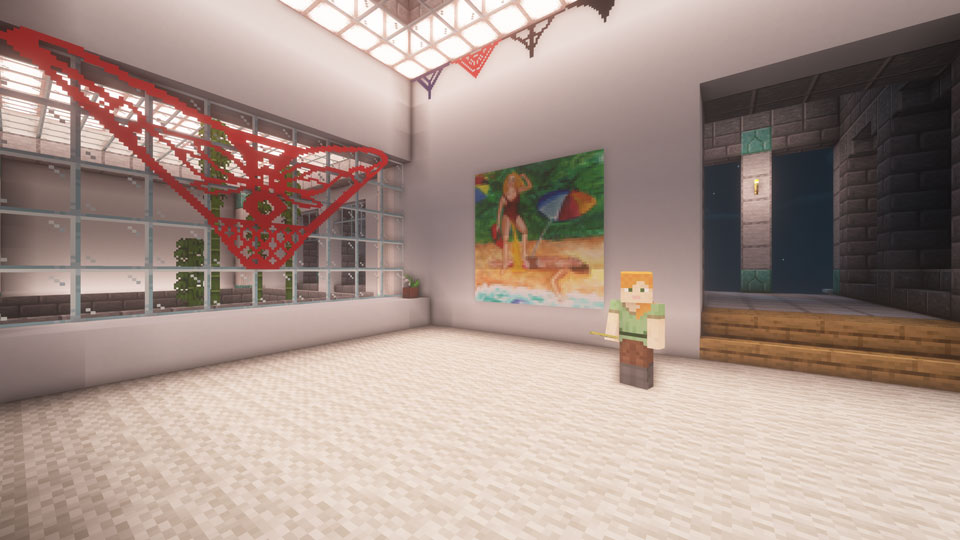
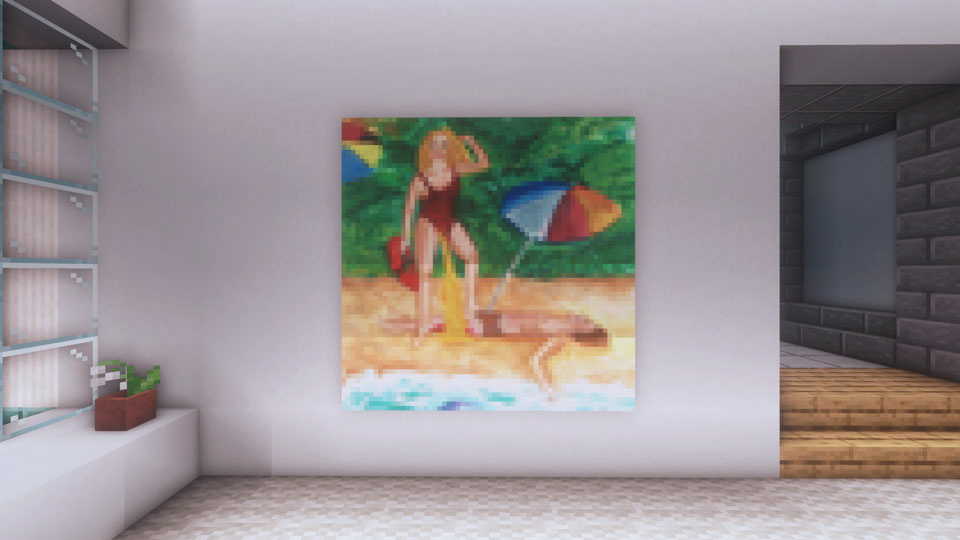
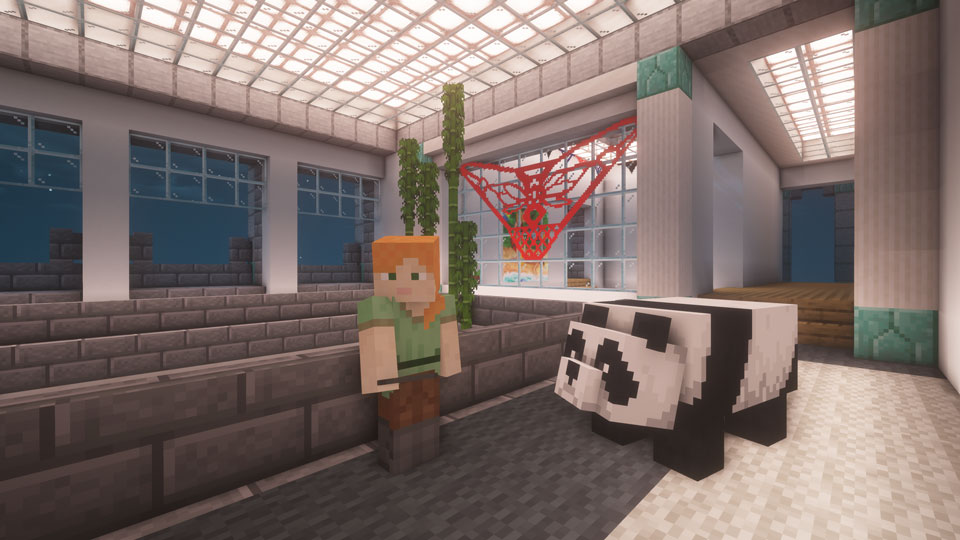
Sonja Yakovleva's work consists of large-scale lingerie cutouts and a painting titled „How to Treat Jellyfish Stings Right“. In the fictional scenario displayed in her painting, one can observe Pamela Anderson urinating on an unconscious figure’s body. Yakovleva resists the tendency to sexualise Pamela Anderson by emphasising the act of treatment: Pamela is fully clothed, her lycra swimsuit allows fluids to penetrate, yet our gaze cannot.
×
![]()
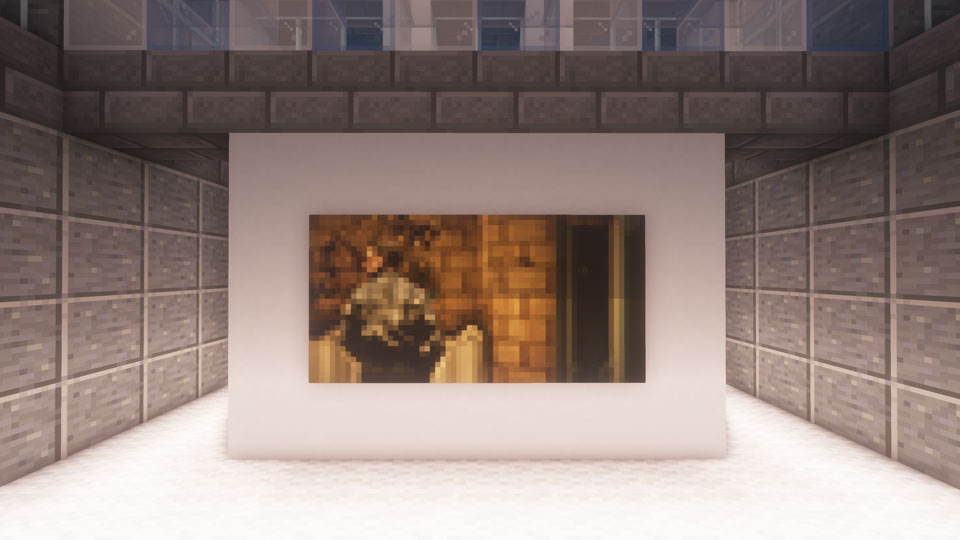
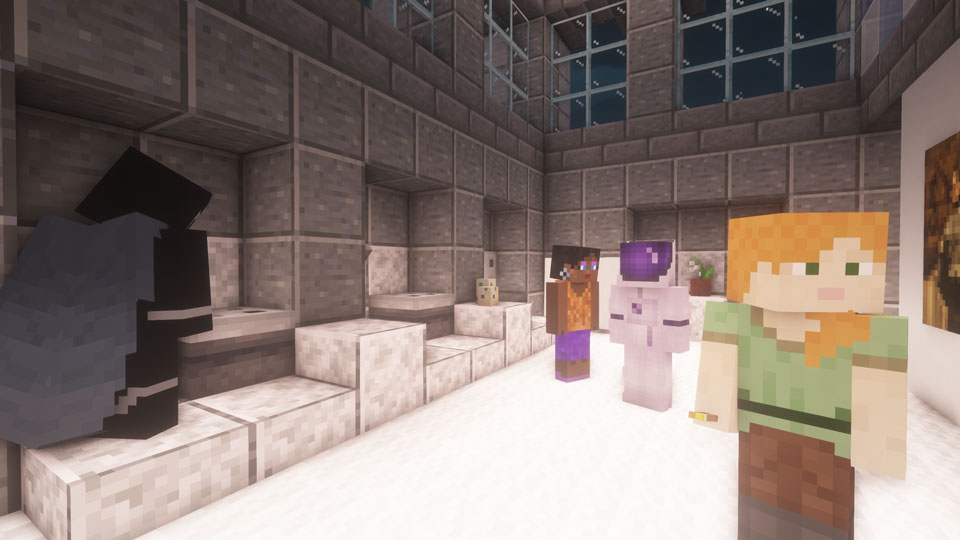
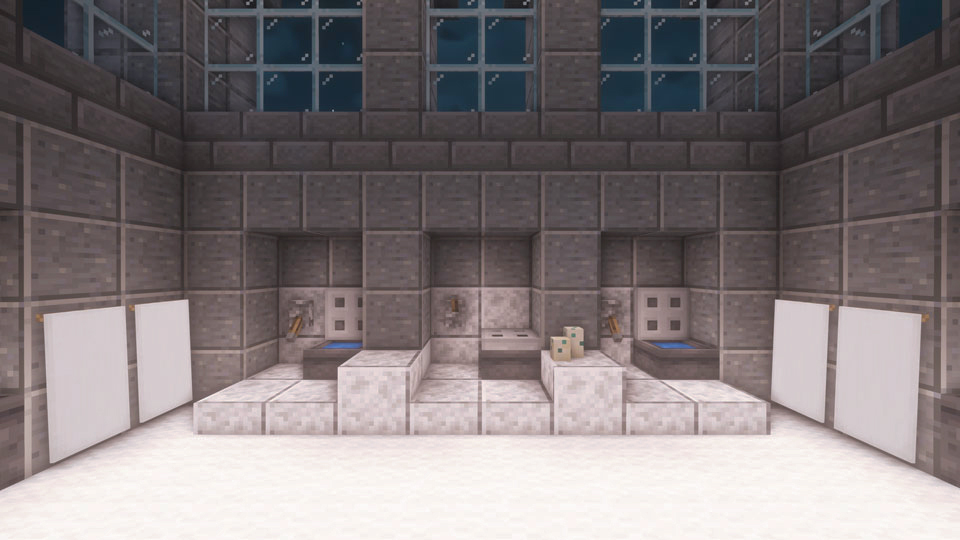
Robert Yang's work The Tearoom is ‘a (free) historical public bathroom simulator about anxiety, police surveillance, and sucking off another dude’s gun.’ The Mythical Institution commissioned a video still of the game to adorn the walls of its novel, gender-neutral toilet pavilion, which has previously been erected for the sole purpose of adequately displaying Yang’s work.
Robert Yang about his work:
‘[...] police still target men who have sex with men — and in video game land, I still have to deal with Twitch banning my gay games by secret trial as if they're the fucking game police. So to appease this oppressive conservative gamer-surveillance complex, I have swapped out any pesky penises in my game for the only thing that the game industry will never moderate nor ban — guns. Now, there's nothing wrong with guys appreciating other guys' guns, right?’
Robert Yang about his work:
‘[...] police still target men who have sex with men — and in video game land, I still have to deal with Twitch banning my gay games by secret trial as if they're the fucking game police. So to appease this oppressive conservative gamer-surveillance complex, I have swapped out any pesky penises in my game for the only thing that the game industry will never moderate nor ban — guns. Now, there's nothing wrong with guys appreciating other guys' guns, right?’
×
![]()